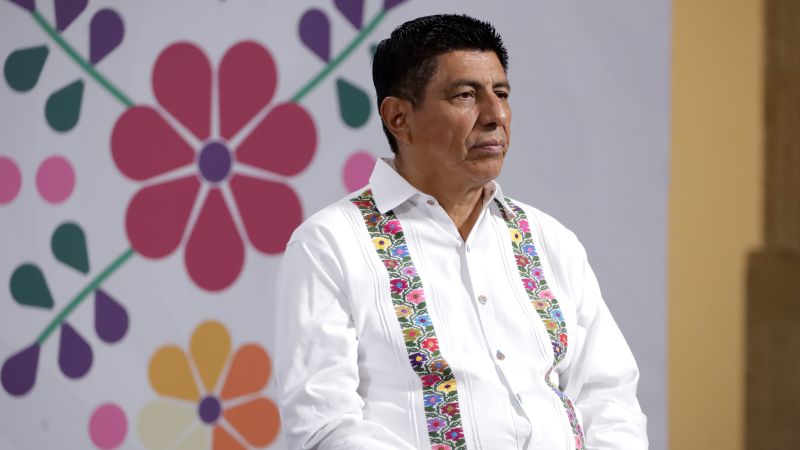
Analysis Reveals Disparity in CDC Grant Retention Based on Political Affiliations
Politics | 8/26/2025
Blue states that initiated legal action against the Trump administration’s public health fund cuts largely managed to retain the majority of their CDC grants, while red states faced the brunt of these financial clawbacks, according to a recent analysis by KFF Health News. This disparity in the impact of funding cuts was starkly influenced by the political affiliations of the states in question.
The KFF Health News analysis revealed that blue states, which had taken legal action against the cuts, were able to secure a significant portion of their CDC grants, thereby mitigating the adverse effects on their public health programs. In contrast, red states, which did not sue the administration over the fund reductions, experienced more pronounced financial setbacks, impacting their ability to adequately address public health challenges.
“While the legal battles may have helped some states protect their public health funding, it also underscores the disparities in resource allocation based on political considerations,” noted a public health policy expert familiar with the analysis. This observation highlights the complex interplay between legal actions, political stances, and the equitable distribution of crucial public health resources.
The uneven distribution of CDC grants resulting from the Trump administration’s cuts has raised concerns about the fairness and impartiality of federal funding allocation for public health initiatives across states. The disparity in funding retention between states that sued and those that did not has drawn attention to the potential ramifications of political divisions on the accessibility and effectiveness of essential health services.
As the analysis sheds light on the divergent outcomes of the CDC grant cuts, it underscores the intricate intersection of legal challenges, political dynamics, and public health financing. The implications of these findings extend beyond the immediate financial impacts, emphasizing the broader implications of political factors on the equitable distribution of critical public health resources in the United States.


